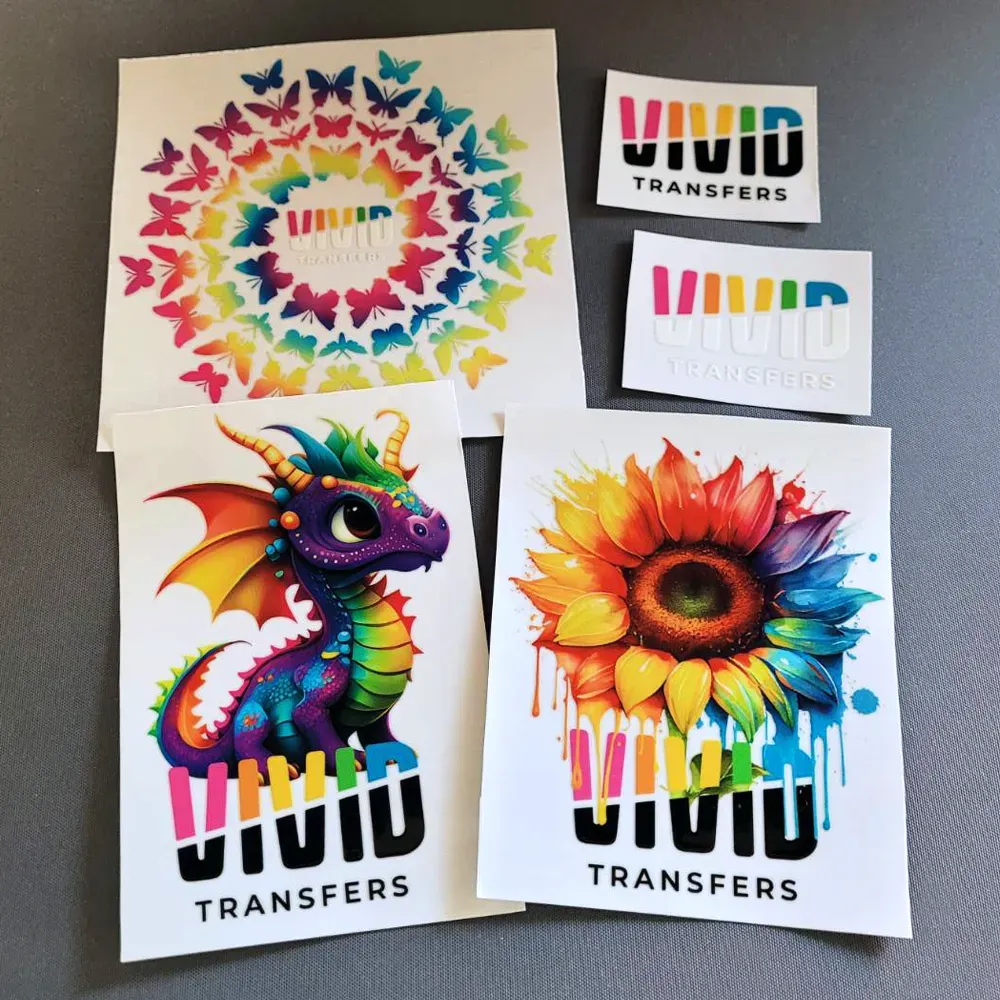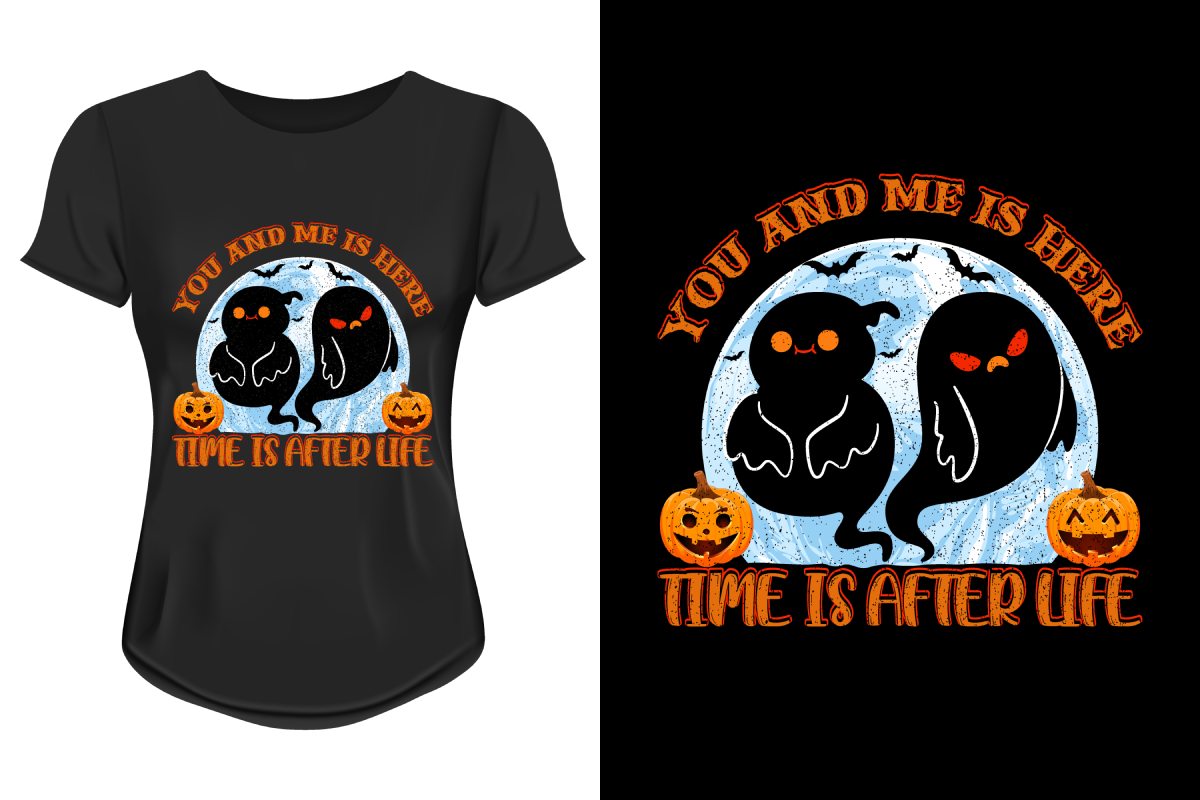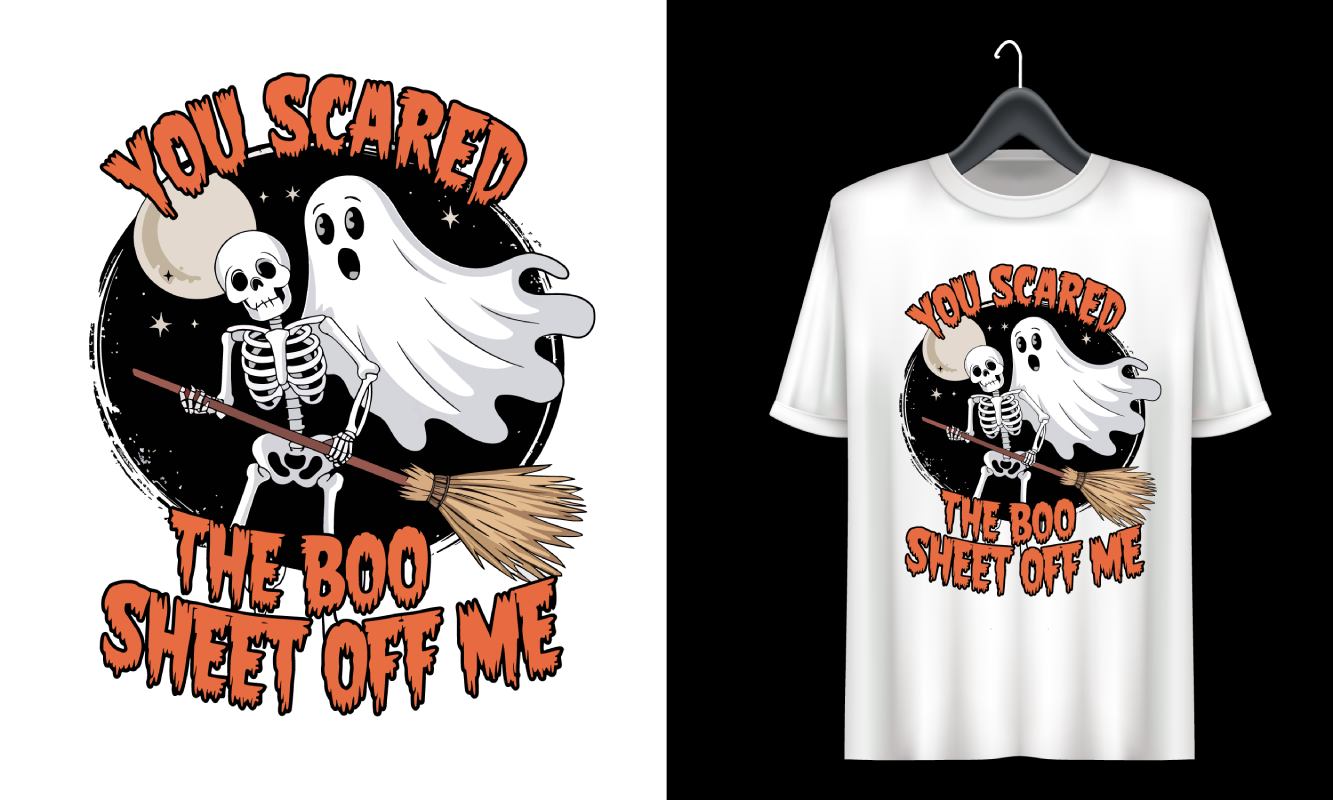In the ever-evolving world of textile printing, DTF transfers are quickly becoming a game-changing option for designers and businesses alike. Known as Direct to Film printing, this innovative technique allows for high-quality designs to be transferred onto a variety of fabrics with exceptional vibrancy and detail. Unlike traditional methods such as screen printing and sublimation printing, DTF provides an unmatched level of versatility, allowing for customization across diverse materials. Additionally, its cost-effectiveness makes it an attractive choice for both small batches and larger orders, catering to the needs of individual creators and businesses. This blog post will delve into the benefits of DTF transfers, offering insights into how they compare to other printing methods like vinyl cutting and screen printing, while showcasing the latest trends in the industry.
When exploring fabric decoration techniques, terms like Direct to Film (DTF) printing, film transfer printing, and custom textile embellishment come to mind. DTF printing stands out due to its ability to seamlessly bond with multiple fabric types, providing stunning finish and durability that many screen printing methods struggle to match. This adaptability makes DTF an appealing choice for a range of applications, from fashion to promotional items. Additionally, as a modern alternative to conventional methods such as vinyl cutting and sublimation, DTF offers a new era of creative opportunities for designers. In this discussion, we will uncover what DTF transfers can do for your textile printing needs, elevating your projects with efficiency and professional quality.
The Rise of DTF Transfers in Textile Printing
In recent years, Direct to Film (DTF) transfers have emerged as a transformative option in the textile printing landscape. Their ability to quickly produce detailed and striking designs on a wide array of fabrics sets them apart from traditional methods like screen printing and sublimation printing. This adaptability has captured the attention of small business owners and independent designers alike, who are eager to innovate their offerings without incurring the substantial startup costs typically associated with other printing methods.
As technology continues to advance, DTF transfers are becoming even more accessible to enthusiasts and professionals. This rise in popularity has introduced new machines designed specifically for DTF printing, making it easier to execute high-quality printing projects with consistent results. By eliminating the constraints of fabric type and color that often limit screen printing and other techniques, DTF provides an exceptional alternative for personalized apparel production, thus catering to the evolving needs of consumers.
Comparing DTF Transfers to Screen Printing
Screen printing has long ruled the roost in textile printing, especially for large production runs, due to its longevity and cost-efficiency. However, the process demands significant upfront investment in screens and setup, which can prove burdensome for small batches. In contrast, DTF transfers allow businesses to bypass these high initiation costs, enabling them to offer custom designs on demand, which is a crucial advantage in today’s fast-paced market.
Moreover, screen printing often struggles with complex designs and a limited color palette, whereas DTF technology thrives in these areas. Users can achieve a more comprehensive range of tonal variations, vibrant output, and intricate graphics, whether on cotton, polyester, or blended textiles. For businesses that require flexibility and quality, DTF transfers stand out as a preferred method compared to traditional screen printing.
The Vibrancy of DTF Transfers vs. Sublimation Printing
Sublimation printing is best known for its vibrant colors and long-lasting results, but it comes with significant limitations, primarily being restricted to polyester fabrics and light bases. This makes it less versatile when compared to DTF transfers, which can be applied to a broader spectrum of textiles, from cotton tees to mixed media products. As designers seek ways to push creative boundaries, the flexibility offered by DTF creates opportunities for innovative applications that sublimation simply cannot match.
Beyond the fabric compatibility, DTF transfers also provide a higher resolution of detail in prints, making them highly suitable for brands looking for stunning visual elements. While sublimation ink becomes part of the fabric during the heating process, yielding impressive results on the right substrates, DTF surpasses it with broader applicability, allowing it to cater to various markets including fashion and promotional products where diverse fabric types are essential.
Advantages of DTF Transfers for Small Businesses
For small businesses and entrepreneurs, the cost-effectiveness of DTF transfers represents a significant advantage. Unlike the traditional screen printing method, which involves high setup costs and minimum order quantities, DTF allows for low volume runs without sacrificing quality. This flexibility enables businesses to offer a more extensive range of products and cater to niche markets that value custom and personalized options.
Additionally, the quick turnaround time associated with DTF printing can enhance customer satisfaction. With the ability to produce vibrant designs rapidly, businesses can manage orders efficiently and respond faster to consumer demand. This efficiency not only reduces operational overhead but also enables entrepreneurs to experiment with different designs seamlessly, thus promoting creativity and innovation within their brand.
DTF Transfers: A Sustainable Alternative
As sustainability becomes increasingly pivotal in the textile industry, DTF transfers are stepping up as an eco-friendlier option compared to traditional methods like screen printing and vinyl cutting. Many innovations in DTF printing focus on reducing waste and minimizing the use of harmful chemicals, appealing to conscientious consumers. By employing lower emissions and reduced resource consumption, businesses using DTF printing can align themselves with growing environmentally conscious trends.
Moreover, more companies are developing eco-friendly inks for DTF transfers to further enhance their environmental credentials. This not only further reduces the ecological footprint of the printing process but also allows brands to promote their sustainability efforts to a market that is increasingly diligent about eco-friendly purchasing decisions. By adopting DTF transfers, businesses can effectively meet consumer demands while contributing to a greener future.
Understanding the Future of DTF Transfers
The future of DTF transfers looks promising, with continuous advancements in technology and equipment making high-quality DTF printing more accessible. As the market expands, more players are entering the DTF space, prompting increased competition and innovation. This shift encourages manufacturers to refine their processes, improve ease of use, and enhance print quality, thereby solidifying DTF transfers as a formidable rival to traditional printing methods.
As designers and businesses continue to explore new creative avenues, the versatility and efficiency of DTF transfers will likely make them a go-to choice for many applications. From fashion to home decor, the adaptability of DTF printing will cater to new trends such as personalized products and on-demand printing. As the industry evolves, DTF transfers will hold a key position in shaping the future of textile printing, making it essential for businesses to stay informed and ready to capitalize on this innovative method.
Frequently Asked Questions
What are DTF Transfers and how do they work?
DTF transfers, or Direct to Film transfers, involve printing designs onto a special film that is then applied to fabric using heat and pressure. This method allows for vibrant colors and intricate details, making it a popular choice in textile printing.
How do DTF Transfers compare to screen printing?
DTF transfers offer significant advantages over screen printing, including versatility on various fabrics and lower setup costs for small batches. While screen printing excels in durability for large quantities, DTF provides a quicker and adaptable solution for custom designs.
Can DTF Transfers be used on any fabric type?
Yes, DTF transfers are highly versatile and can be used on a wide range of fabrics, including cotton, polyester, and blended materials, unlike other methods like sublimation, which are limited to specific fabrics.
What is the cost-effectiveness of DTF Transfers for small businesses?
DTF transfers are cost-effective for small businesses as they eliminate high setup costs associated with methods like screen printing. This allows for low minimum order quantities, making them ideal for custom apparel and unique designs.
What are the environmental benefits of using DTF Transfers?
DTF printing technology is evolving towards sustainability, with eco-friendly inks being developed that reduce environmental impact compared to traditional printing methods. This aligns with the growing demand for sustainable practices in textile printing.
What makes DTF Transfers a better option than sublimation printing?
DTF transfers outperform sublimation printing in versatility as they can be applied to various fabric types beyond just polyester, allowing for more creative and diverse applications in the textile market.
| Key Points | DTF Transfers | Screen Printing | Sublimation | Vinyl Cutting |
|---|---|---|---|---|
| Versatility | Compatible with various fabrics (cotton, polyester, blends) | Limited to specific fabrics; setup costs high for small runs | Mostly for polyester; not ideal for dark fabrics | Great for simple designs but labor-intensive for complex work |
| Vibrant Colors and Detail | Produces rich colors and intricate details effortlessly | Durable but limited in design complexity | High impact colors but limited fabric compatibility | Focuses on simpler designs; color quality varies |
| Cost-Effectiveness for Small Batches | Lower setup costs for small runs; flexible options | Cost-effective for large orders only; slower setup | Good for low quantities but limited design complexity | Relatively low cost for small runs but manual labor intensive |
| Current Trends | Increased accessibility and eco-friendly inks | Established method, less innovation currently reaching market | Popular for specific uses but technology stagnating | Simple to execute but limited scalability |
Summary
DTF Transfers are revolutionizing the fabric printing industry with their unique capabilities and benefits. As a printing method, DTF offers exceptional versatility, allowing designers to work with a wide range of fabrics while producing vibrant, detailed images at a lower cost than traditional methods. Compared to screen printing, sublimation, and vinyl cutting, DTF shines in its application, especially for small businesses looking to diversify their product offerings. With ongoing advancements in technology and an emphasis on sustainability, DTF Transfers are set to play a pivotal role in the future of custom textile printing, appealing to both businesses and environmentally conscientious consumers.



